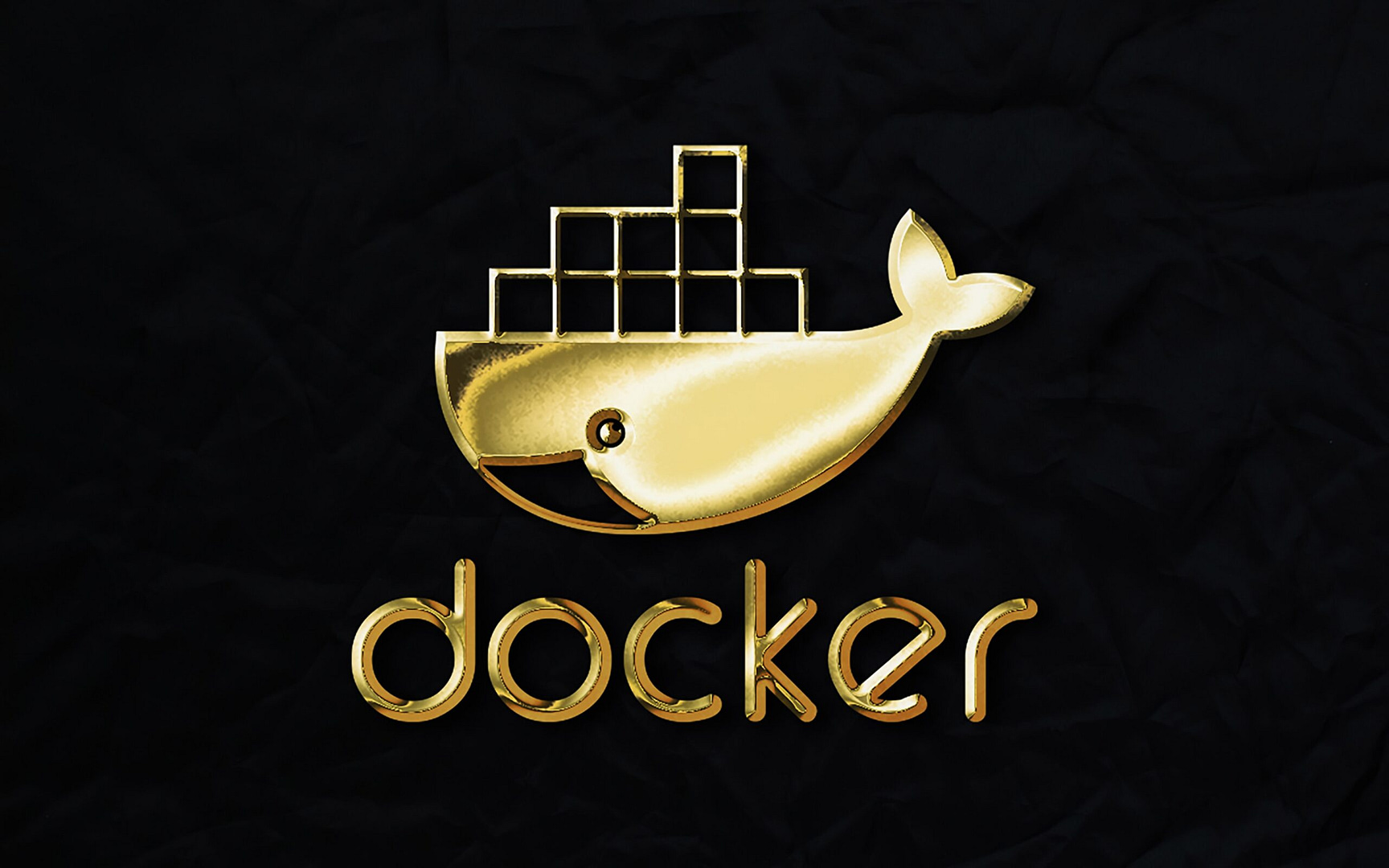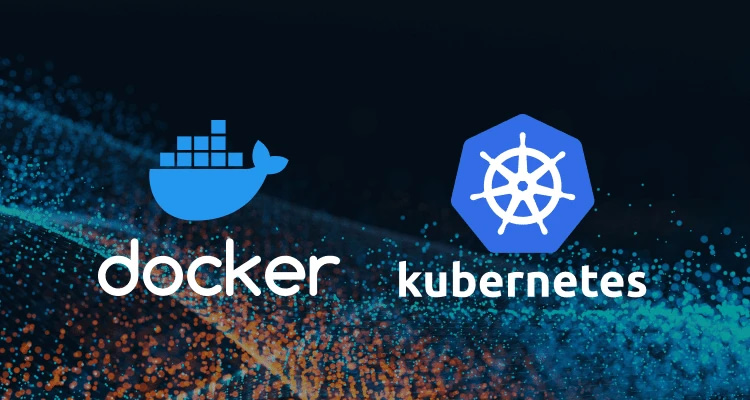
Blog Articles
Optimizing Docker Images: Strategies for Size and Performance
Table of Contents
Introduction
Docker has become an essential tool in modern software development, enabling the packaging and deployment of applications in lightweight, portable containers. However, as Docker images grow in complexity, optimizing them for size and performance becomes crucial. In this blog post, we’ll explore practical tips and strategies for creating lean and optimized Docker images, enhancing both performance and resource efficiency.
Understanding Docker Images
Before diving into optimization strategies, let’s briefly review the components of a Docker image. A Docker image consists of layers, where each layer represents a specific instruction in the Dockerfile. These layers are cached, allowing for faster builds and reducing the overall size of the image.
Tips for Optimizing Docker Images
1. Use Official Base Images Wisely
Choosing the right base image is the first step in optimizing your Docker image. Official images from Docker Hub are often well-maintained and regularly updated. Select the minimal image that satisfies your application’s dependencies to keep the image size small.
|
1 2 3 4 5 |
# Bad Example FROM ubuntu:latest # Good Example FROM alpine:latest |
2. Minimize Layers
Each instruction in a Dockerfile creates a new layer. Minimize the number of layers by combining related instructions. This reduces the image size and speeds up builds.
|
1 2 3 4 5 6 7 8 |
# Bad Example FROM alpine:latest RUN apk update RUN apk add --no-cache curl # Good Example FROM alpine:latest RUN apk update && apk add --no-cache curl |
3. Use Multi-Stage Builds
Multi-stage builds allow you to use multiple FROM statements in a single Dockerfile. This helps in creating a smaller final image by discarding unnecessary build artifacts from earlier stages.
|
1 2 3 4 5 6 7 8 9 |
# Multi-Stage Build Example FROM node:14 AS builder WORKDIR /app COPY . . RUN npm install RUN npm run build FROM nginx:alpine COPY --from=builder /app/dist /usr/share/nginx/html |
4. Remove Unnecessary Files
Ensure that your Docker image only includes files required for runtime. Remove unnecessary files and dependencies that were only needed during the build process.
|
1 2 3 4 5 6 7 |
# Bad Example COPY . /app # Good Example COPY src/ /app/src COPY public/ /app/public COPY package.json /app/ |
5. Optimize Dependencies Installation
Combine dependency installation steps to avoid unnecessary cache invalidation and reduce layer count. Also, consider using package managers that automatically clean up unnecessary files.
|
1 2 3 4 5 6 7 |
# Bad Example RUN npm install RUN npm install --global some-package # Good Example RUN npm install \ && npm install --global some-package |
6. Use Specific Tags
When pulling base images or dependencies, use specific version tags instead of latest to ensure consistency and avoid unexpected changes.
|
1 2 3 4 5 |
# Bad Example FROM node:latest # Good Example FROM node:14 |
7. Enable BuildKit for Parallel Building
BuildKit is a new build frontend for Docker that brings improvements such as parallel building. Enable BuildKit to take advantage of these features.
|
1 2 |
# Enable BuildKit export DOCKER_BUILDKIT=1 |
8. Clean Up in a Single Layer
When you need to install build tools, clean up unnecessary files in the same layer to minimize the overall image size.
|
1 2 3 4 5 6 7 8 9 10 |
# Bad Example RUN apk add --no-cache build-base \ && make \ && apk del build-base # Good Example RUN apk add --no-cache build-base \ && make \ && apk del build-base \ && rm -rf /var/cache/apk/* |
9. Optimize Dockerfile Instruction Order
Place frequently changing instructions towards the end of the Dockerfile to leverage Docker’s layer caching mechanism effectively.
|
1 2 3 4 |
# Good Example COPY package.json /app/ RUN npm install COPY . /app/ |
Conclusion
Optimizing Docker images is a crucial aspect of efficient containerized application development. By following these practical tips and strategies, you can create lean, efficient, and high-performance Docker images. Regularly review and update your Dockerfiles to incorporate the latest best practices and keep your containerized applications running smoothly. Remember, small changes in your Dockerfile can result in significant improvements in image size and build times.
References:

Get a Fast Estimate on Your Software Development Project
We are committed to delivering high-quality IT solutions tailored to meet the unique needs of our clients. As part of our commitment to transparency and excellence, we provide detailed project estimations to help our clients understand the scope, timeline, and budget associated with their IT initiatives.
Related Blog Posts









